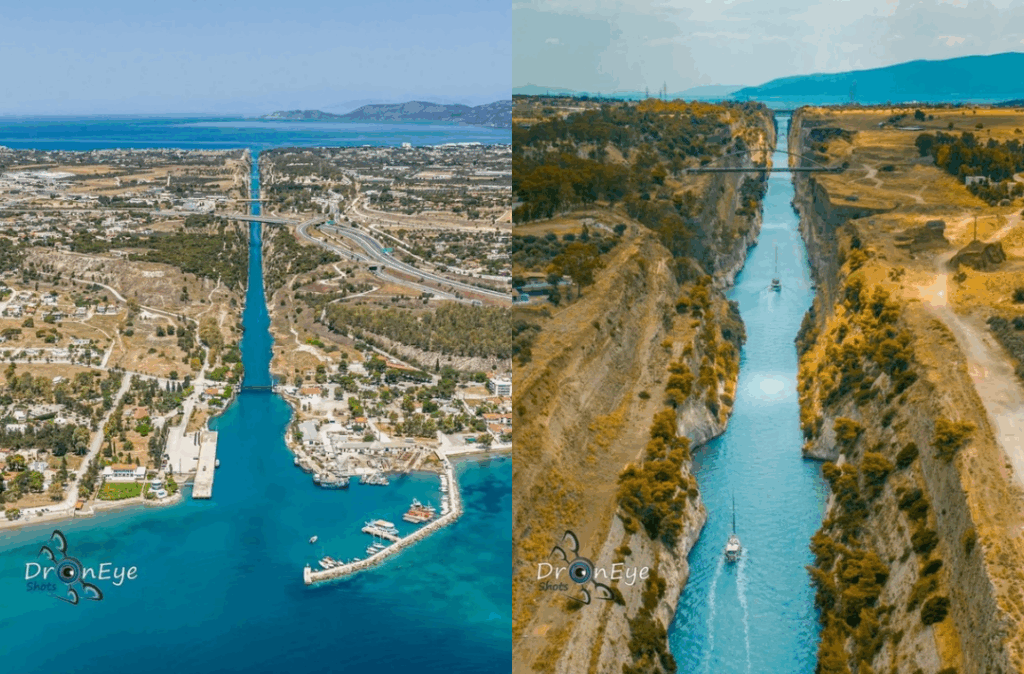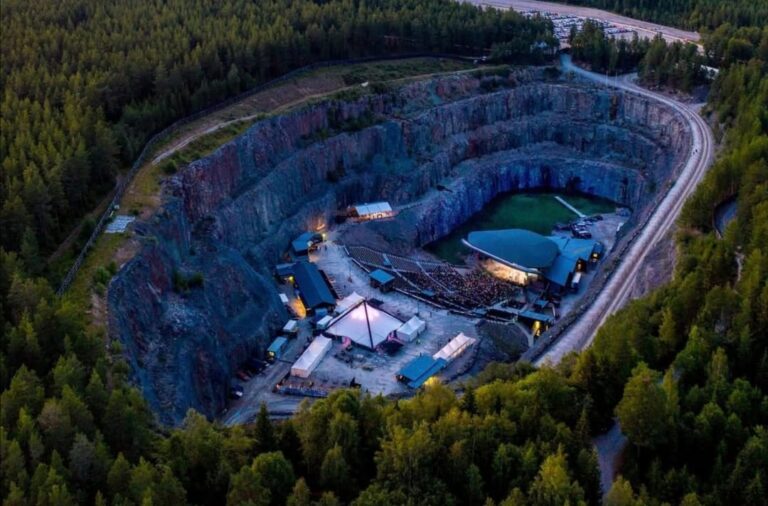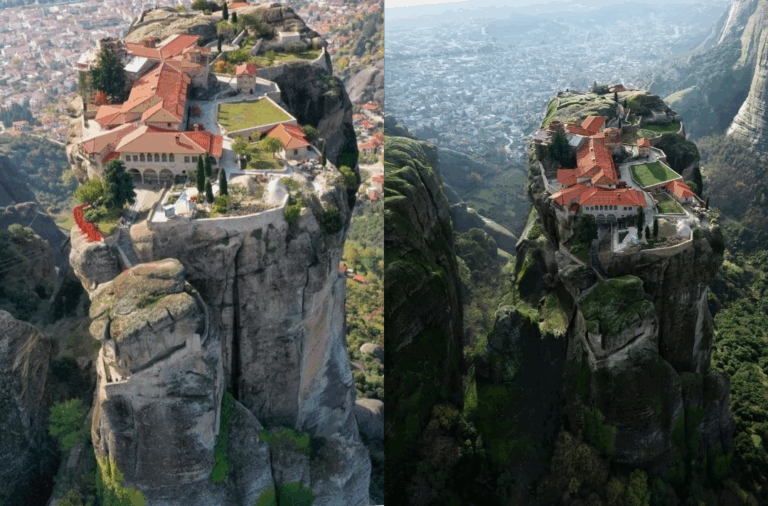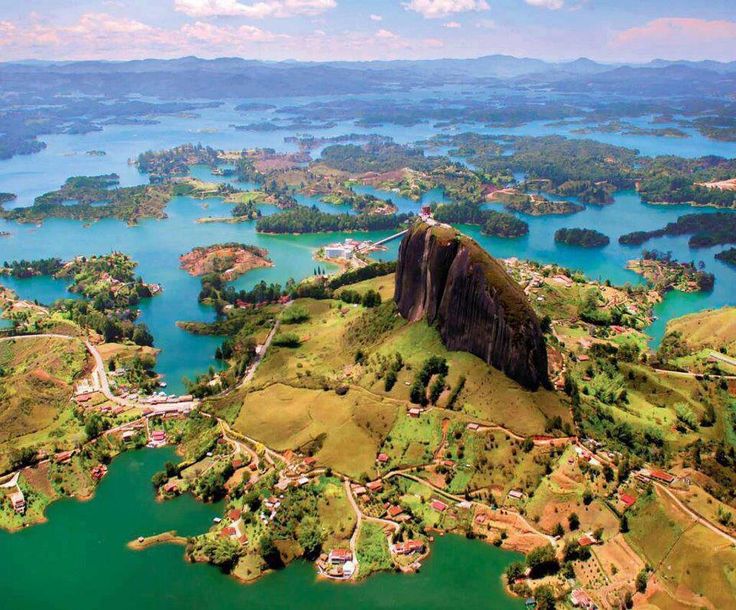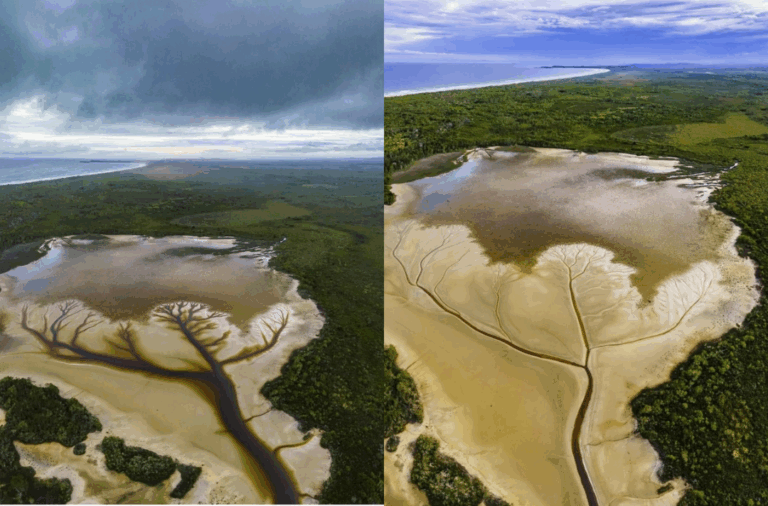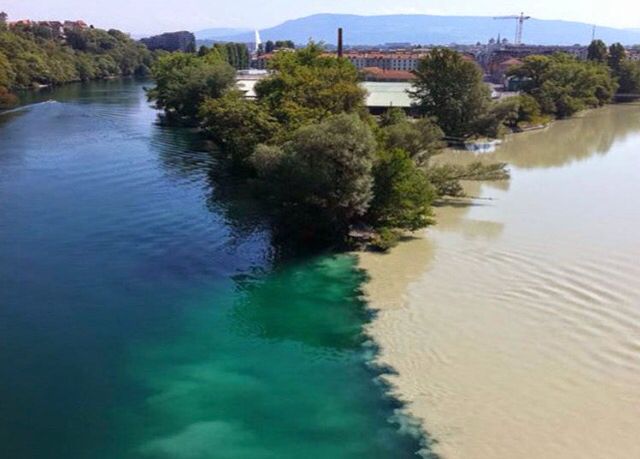The Corinth Canal is a narrow, manmade waterway in Greece that cuts through the Isthmus of Corinth, connecting the Aegean Sea with the Ionian Sea.
Though only about 6.4 kilometers (4 miles) long, it dramatically shortens the sea journey between the two coasts by avoiding the long trip around the Peloponnese peninsula, a detour of nearly 700 kilometers.
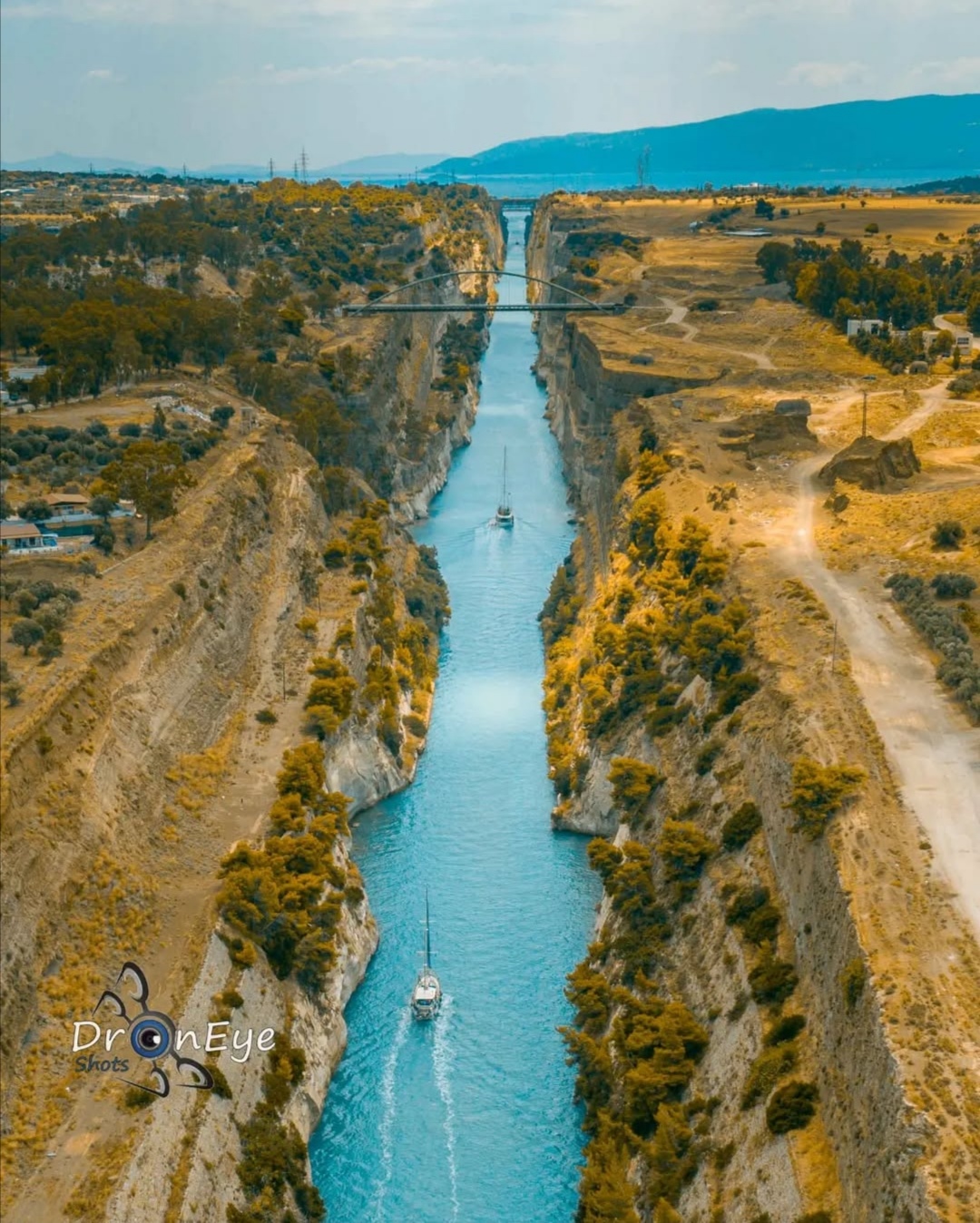
What makes the canal truly remarkable is its appearance: the water slices through steep limestone walls that rise over 80 meters (260 feet) high, creating a narrow passage only about 21 meters (70 feet) wide.
Construction of the Corinth Canal was completed in 1893, though the idea dates all the way back to ancient times — even Emperor Nero tried to build it in the 1st century AD.
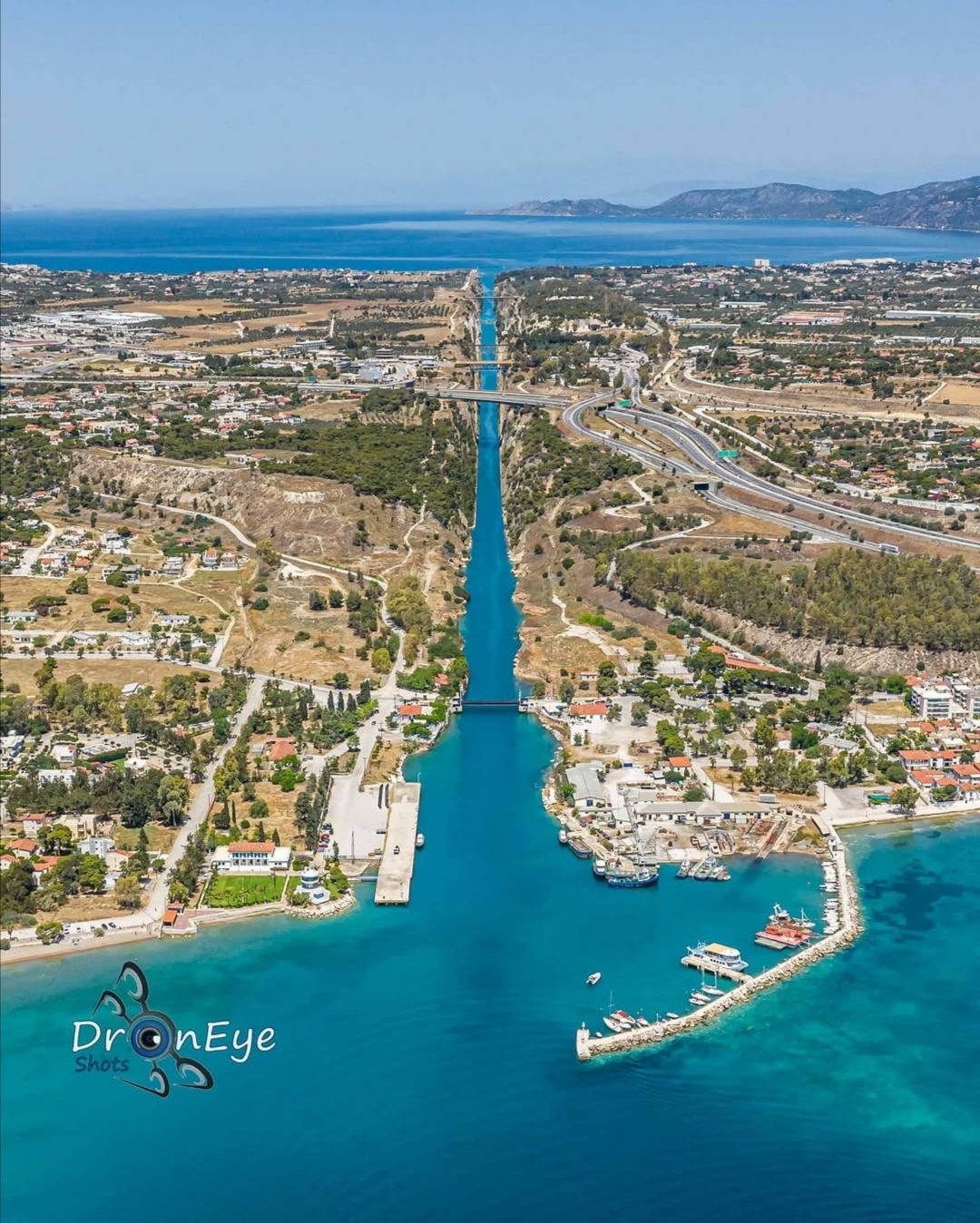
“This canal is a symbol of human persistence,” says Greek historian Eleni Markou. “It took centuries of dreaming and failed attempts before it finally became a reality.”
While modern cargo ships are often too wide to pass through it, the canal remains an engineering marvel and a popular route for tourist boats and smaller vessels.
It also draws thousands of visitors who come to admire its striking, almost surreal, vertical rock walls and to witness bungee jumpers diving from the bridges above.
“Standing above the canal, you’re not just seeing a waterway — you’re looking at a slice of Greece’s ambition carved into stone,” says civil engineer Nikos Papadakis.
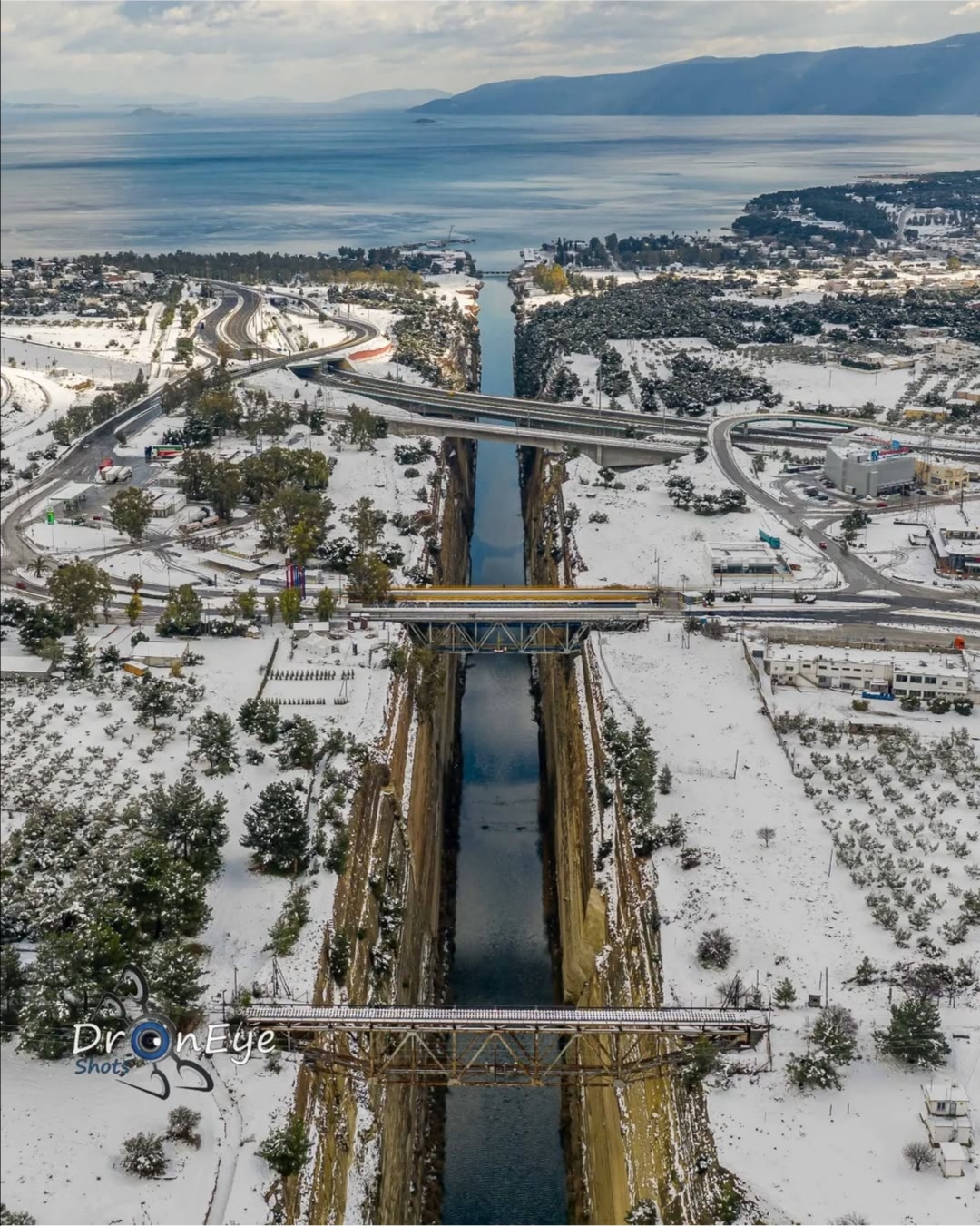
The Corinth Canal is not just a shortcut, it’s a spectacular blend of history, geography, and engineering.
